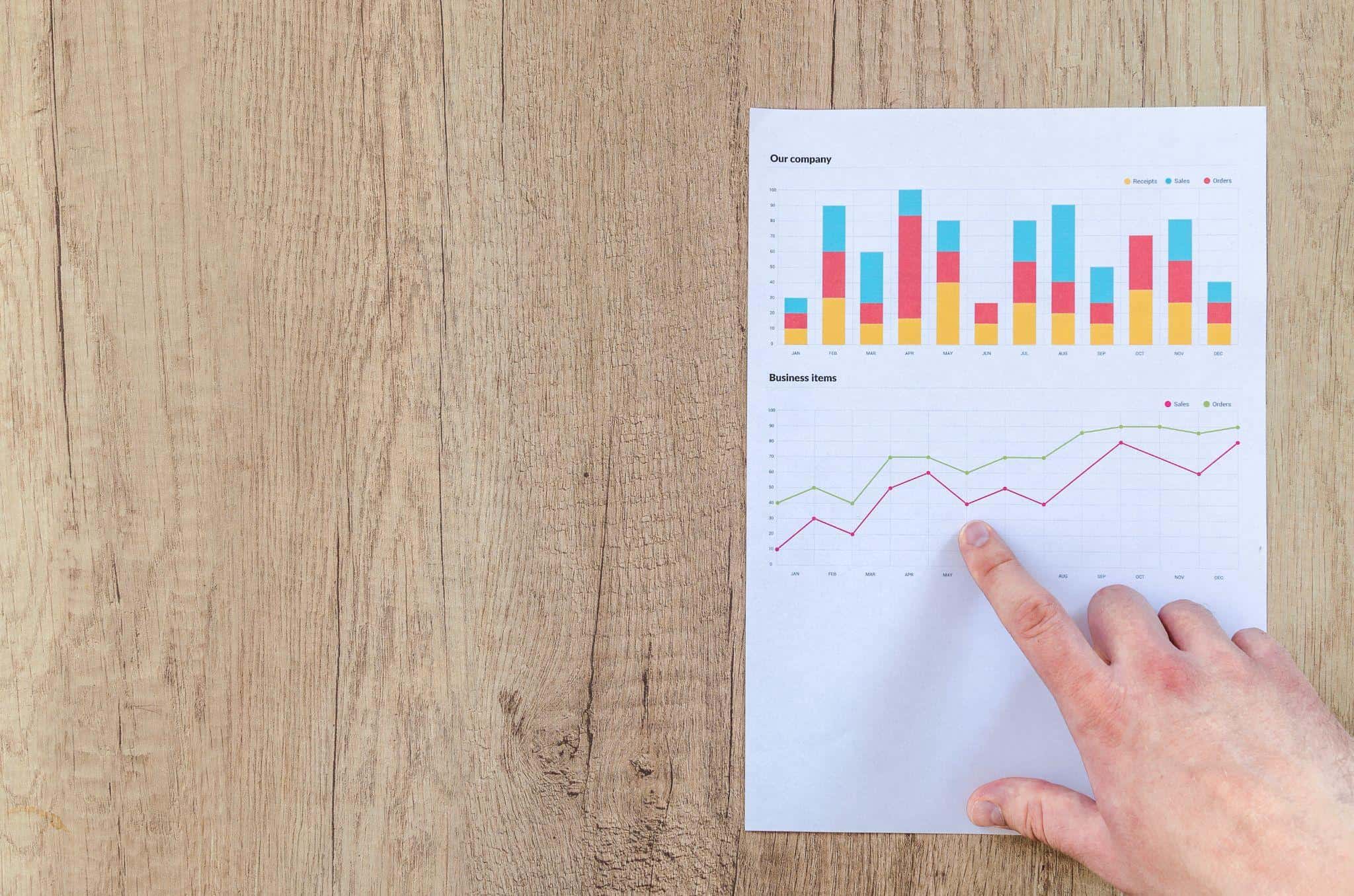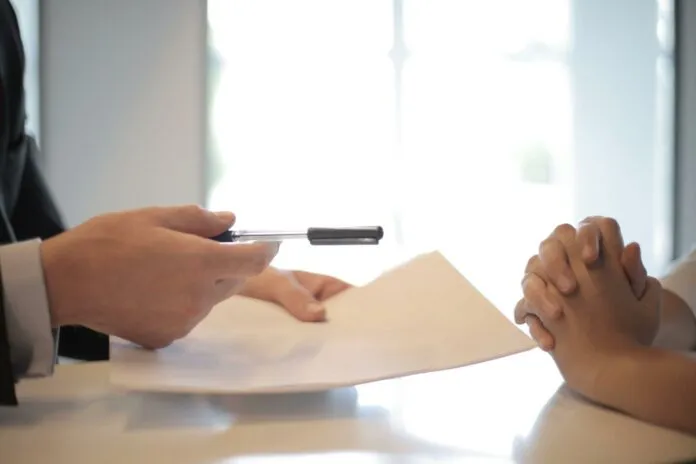When you’re in need of some more funds, a personal loan might be the solution. These may be of assistance in paying for unforeseen bills, consolidating existing debt, or making significant purchases. But there are still certain things you should know and be ready for before visiting a bank.
Check the status of your credit rating.
Personal loan applications often include the lender requesting a credit score. Your score is a numeric representation of your creditworthiness as determined by your borrowing and repayment habits in the past.
If you have a high credit score, lenders will see you as a smaller risk, making it more likely that they would provide loans to you at a good interest rate.
A higher credit score, for instance, might increase your chances of being approved for a low-interest personal loan. While there may not be a set credit score minimum to apply for a personal loan with certain institutions, others may automatically reject your application depending on your score.

Documentation Proving Your Earnings
When applying for a personal loan, the majority of lenders demand applicants to present documentation showing that they have a stable income. This is done to safeguard the lender by assuring that the borrower will be able to keep up with their repayments on a consistent basis. It’s possible to demonstrate your earnings in a few different methods, such as by presenting your pay stubs or your tax returns.
Bank statements and/or other financial papers may also be requested of borrowers by certain lending institutions. If you are unsure of what information is required, you should inquire more with your lending institution. When asking for a loan, increasing your chances of being accepted may be accomplished by spending the time and effort required to compile all of the required papers.
Make your selection from the available loan options.
You have the option of obtaining either a secured personal loan, in which case you will need to provide collateral, or an unsecured personal loan. If you want to qualify for an unsecured loan, you will normally need to have a better credit score than those who are applying for secured loans, and the interest rates on unsecured loans are often significantly higher.
Because the lender has the ability to recover their losses by seizing the collateral and selling it in the event that the borrower defaults on the loan, secured loans are often reserved for those individuals who apply for a loan but have poor credit. If the borrower is unable to make the loan repayments, the collateral may be seized and sold to cover the debt.
Before taking out a personal loan, examine if you can put up collateral. Instead of settling for a loan backed by collateral, it is generally a better idea to focus on increasing your credit score. This may make it easier to qualify for better loans.
Create the Initial Investment Cost.
Personal loan applications often include forking over an origination fee. It is put to use by the lender to reimburse the expenses incurred in processing and sanctioning the loan.
Although the origination fee might be different for each lender, it is commonly expressed as a percentage of the overall loan amount. The normal range for the origination charge is between 1 percent and 8 percent of the entire loan amount. You may avoid paying the origination fee up front if the lender agrees to add it to your loan balance, but this will increase your overall payback obligation.
In order to apply for personal loans, you will need certain documentation.
Your documents will be used by your lender to establish your loan’s viability and the amount you may borrow. In the event that you have any concerns or inquiries about the particular items that you will be required to offer, you should get in touch with your lender as soon as possible. On the other hand, there are a few items that you nearly always need to carry with you, and they are:

Application for a Private Loan Procedure
Personal loan applications aren’t difficult. You will soon be able to get the necessary finance if you just follow a few simple procedures.
Choose a lender
To begin, you will have to look for a financial organization that would lend you money. Because there are many various lenders from which to pick, it is essential to look around at your options and compare interest rates.
Determine the amount of money that you would want to borrow.
After you have decided on a lender, the next step is to calculate the amount of money that you will need. This will be determined by your current financial condition as well as the purpose(s) for which you want to spend the loan money. Do the arithmetic carefully, and don’t put too much pressure on yourself; just borrow the amount of money that you need, since anything more than that would be a challenge to pay back.
Complete the necessary paperwork.
After you have located a financial institution (https://en.wikipedia.org/wiki/Financial_institution) that you feel confident working with, it is time to submit an application for a personal loan. It is possible to obtain a sense of your borrowing capacity and interest rate by prequalifying with certain lenders.
The application will question you for fundamental information about yourself and your current state of finances. It is important to provide honest responses to all of the questions; there is no use in lying to the lender since they will verify the information that you offer them.
The application process may be completed online with certain lenders, while it can be done over the phone with others. In any case, you should give the application a thorough reading before sending it in. If you need assistance, don’t be shy about asking your lender.

When It Comes to the Application
The lender will analyze the information you have provided after they have received your application and then come to a conclusion. You will be provided a loan offer if your application is successful. Be sure to give it a thorough reading before agreeing to the terms, since after you’ve signed the document, you’ll be held legally liable for the repayment of the loan.
What to Do in the Event That You Are Not Granted a Loan
Do not lose hope if you are not granted a lån med kausjonist when you apply. There are a few things you can do to improve your chances of having your application accepted the next time you submit it.
To begin, you should give careful consideration to the reason(s) for your rejection. Typically, you will learn the status of your applications for personal loans within a matter of minutes; nevertheless, there are instances in which the lender will not make the reason for the denial clear. In the event that this is the circumstance, it can be beneficial to call the lender and inquire as to the reason for the delay.
If it’s because of your low credit, you may try to improve it by paying off your debt and being on time with all of your other payments. This will help your credit score. You could also think about making an application for a secured loan.


